Orbea Orca Aero M10Team review
We test the first aero bike from the Basque brand
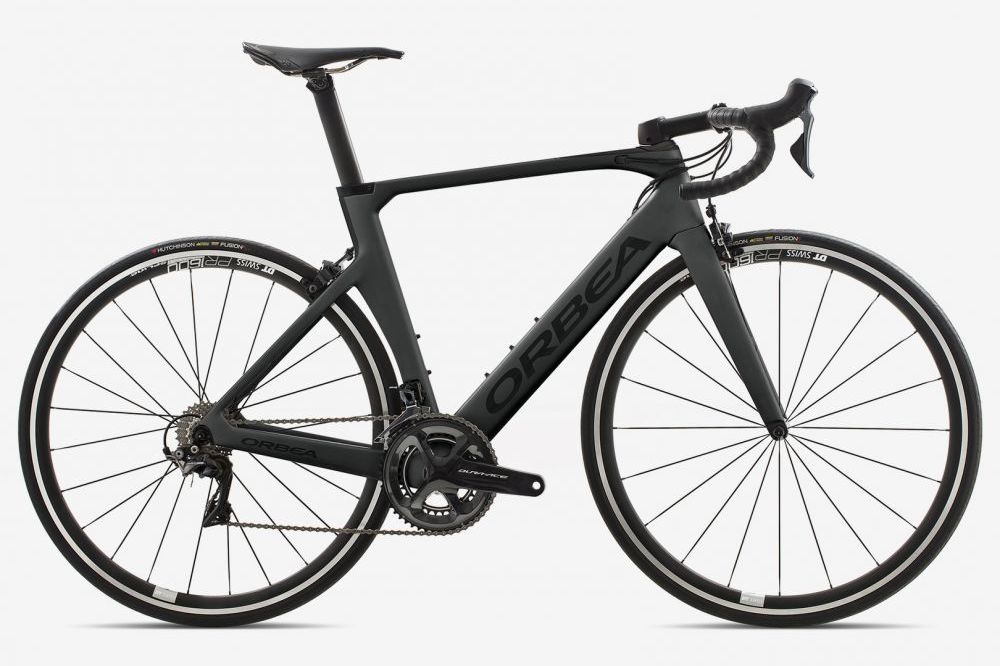
If you’re in the market for an aero bike, the Orca Aero has to be a very strong option. It just feels fast and slippery and has a bang-up-to-date design with impressive aerodynamic credentials. But this isn’t bought at the expense of comfort, with the Orca Aero comfortable for longer excursions on less-than-perfect road surfaces. It’s an added bonus that you can fit 28mm tyres. And you have an extensive range of customisation options, many at zero cost, so that you can specify the Orbea Orca Aero to meet your needs and tastes.
-
+
Comfortable and fast ride
-
+
Flashy looks
-
+
Clearance for 28mm tyres
-
+
Zero cost configurator allows you to choose your own colour scheme
- +
-
-
None
You can trust Cycling Weekly.
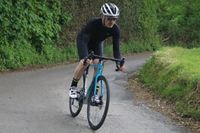
Orbea was the first manufacturer to design a pro-level frame with tubes that exceeded the 3:1 aspect ratio maximum after the UCI scrapped the rule in September 2016. The resulting Orca Aero was ridden by Nacer Bouhanni at Cofidis last year.
This year, it is one of the bikes of the French Vital Concept Pro Continental team.
Frame
Orbea product manager Joseba Arizaga told us that wind tunnel tests found exceeding the 3:1 limit was of benefit in the chainstays and the fork blades, which could be made deeper and flatter, but other UCI rules and the need to retain the frame’s rigidity and keep its weight down meant that the main frame tubes remained constrained, using Kamm-tail profiles rather than full teardrops. Even so, the frame’s aero features make it around 300g heavier than Orbea’s lightest frame.
The Orbea Orca Aero's 3:1-exceeding fork blades look particularly svelte, with a small frontal profile and a tapering crown which merges smoothly into the head tube.
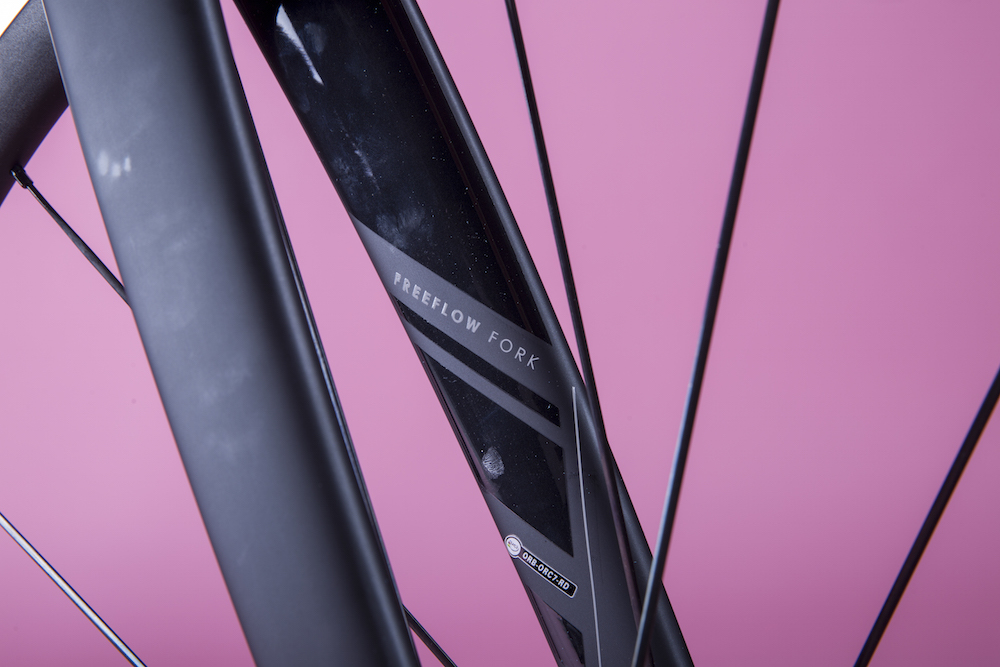
The bike uses direct mount brakes, allowing it to provide clearance for 28mm tyres as well as the fitted 25mm width. Since there’s no bridge between the pivots, direct mount rear brakes can be spongy and often brands fit a metal plate between the two halves. Orbea has avoided this by having the two dropped stays meet just above the wheel, so that braking is effective and well modulated. The front direct mount brake is equally effective.
The Orbea Orca Aero frame uses a BB3686Evo bottom bracket, which offers a wide pedalling platform for good power delivery. The clamp for the elliptical seatpost is neatly integrated into the end of the top tube.
The latest race content, interviews, features, reviews and expert buying guides, direct to your inbox!
>>>Video: Aero challenge – why you should choose an aero bike over a lightweight bike
There are three bottle bolts on the down tube, allowing you to position a single bottle cage lower down, where it is more aero than the higher position needed if you are using two cages.
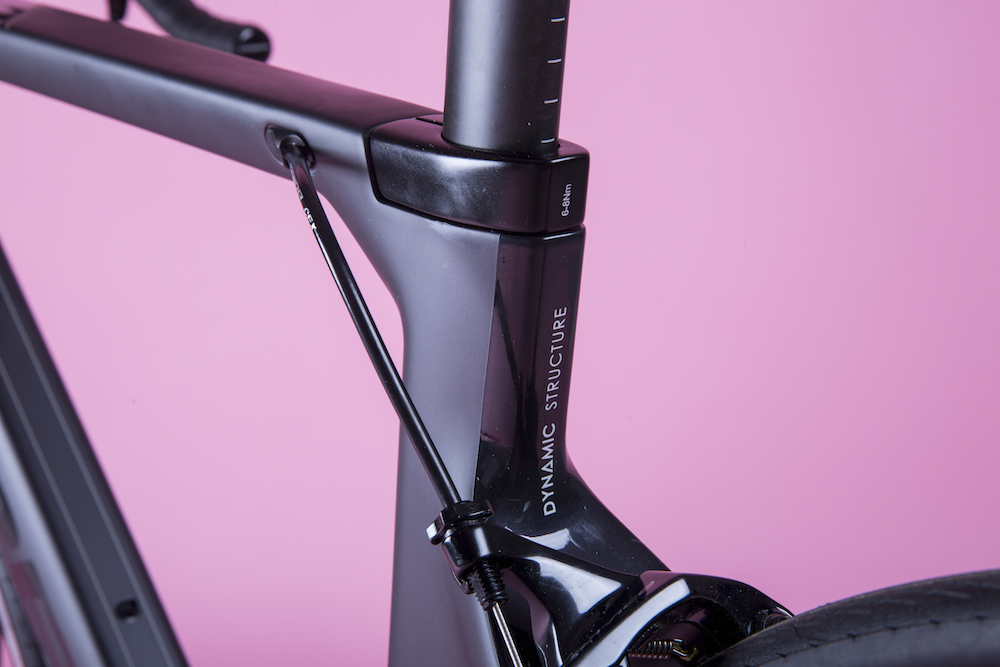
Orbea lets you customise your bike using its MyO bike configurator. You can choose from a range of matt and gloss colours for the frame, highlights and logos at no extra cost. You can even specify your name or other text on the top tube.
Specification
Since Orbea builds to order, you can use MyO to specify from a range of different components to suit your needs.
So whereas the standard M10Team build has a complete Shimano Dura-Ace mechanical groupset, our test machine has the Dura-Ace compact chainset swapped out for a Rotor Flow semi-compact aero chainset with round NoQ chainrings as a zero-cost option. As well as oval-section cranks, the Rotor Flow has solid chainrings for a more slippery profile. You can fit Rotor’s elliptical Q-rings too.
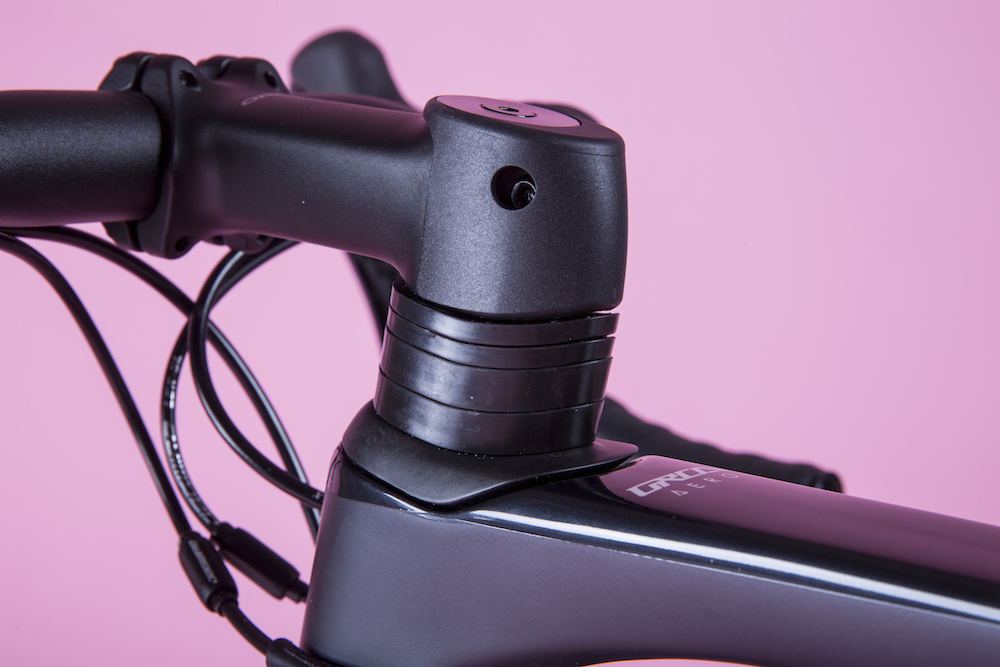
There is also a range of bar options, allowing you to upgrade to Vision Metron 4D aero carbon bars or a Metron 5D one piece aerobar in place of the separate bar and stem. The Vision aerobar comes as standard on the top spec £6,800 MIIiTeam, but lower spec models have Vision Trimax alloy bars and Orbea OC-III alloy stem with aero spacers and top cap.
The test bike comes with the standard DT Swiss PR1600 Spline 32 alloy wheels, although for an extra £469 you can upgrade to Fulcrum Racing Quattro Carbon wheels. The DT Swiss wheels are 32mm deep with an 18mm internal rim width, leading to a wide stance of the 25mm Hutchinson Fusion tyres on the rim. Claimed wheelset weight is 1,723g and bought separately they’d cost £475. Both the wheels and tyres are tubeless ready.
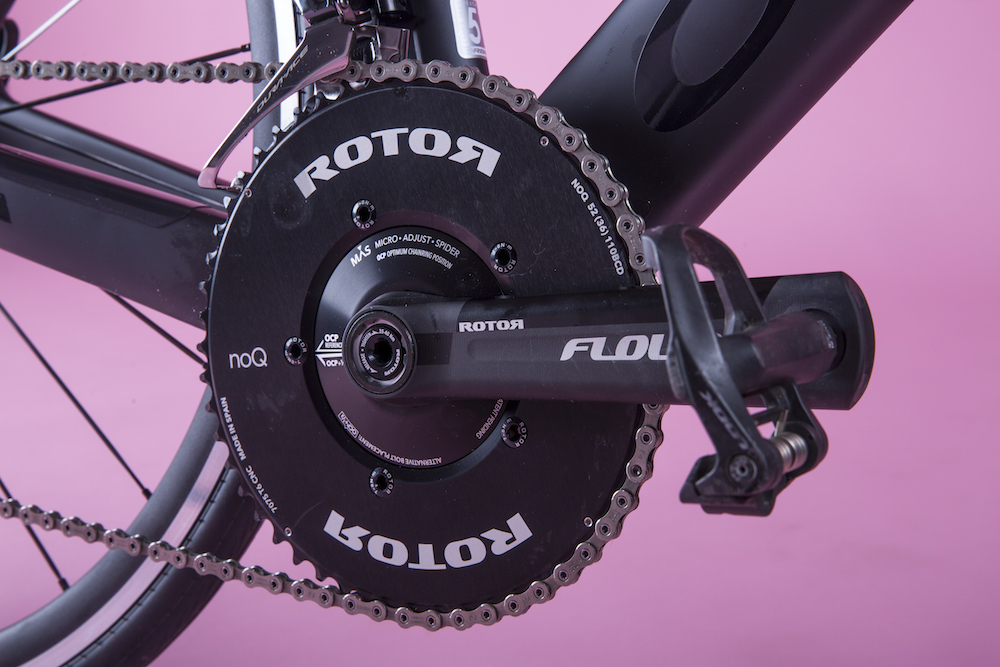
The Orca Aero M10Team comes with a Prologo Scratch-2 saddle. This is a model I like. The saddle sits on an oval-section carbon seatpost. Orbea found that this offered better aerodynamics than the more usual Kamm-tail profile due to turbulence around the rider’s moving legs. The seatpost has a reversible head, allowing you to switch between two different levels of setback.
Orbea Orca Aero: the ride
It’s always a good sign when you get on the open road, look down and discover that you’re a couple of sprockets further down the cassette than you’d expected.
The Orbea Orca Aero feels just that bit faster and more slippery than a non-aero machine of the same weight and with a similar spec. You can feel the stiffness in the chunky tube sections and huge bottom bracket shell, which lead to really good power transfer, both on the flat and when climbing out of the saddle.
Big tube profiles can lead to a harsh ride, but Orbea has nailed this too; the Orca Aero coped really well with poorly surfaced roads through the Chilterns, with the sloping top tube giving plenty of seatpost extension to smooth the ride. The thin fork blades also soak up bumps as well as helping the Orca Aero track exceptionally well on fast descents and sweeping bends.
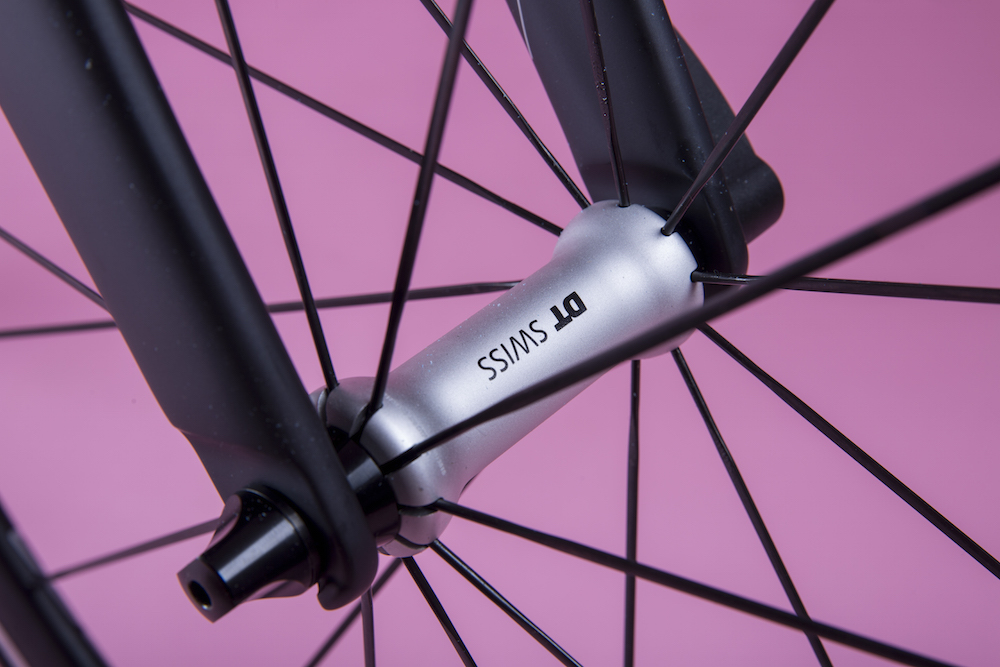
It’s nice that you get a quality set of wheels with the M10Team build. Although they’re not deep, they feel reactive and fast, helped by the quality Hutchinson tyres, which use the brand’s new 11Storm rubber compound. Set them up tubeless and you’d have an even more compliant ride, while running 28mm tyres would be unlikely to impact performance.
Value
The Orbea Orca Aero range starts off at £2,600 for the Shimano 105-equipped M30Team and goes up to the £6800 MIIiTeam with SRAM Red eTap. So the M10Team sits about mid-range.
As such, it’s well equipped with its complete Dura-Ace groupset and quality wheels. The option to choose your own colour scheme at no extra cost is a definite bonus too, particularly if you are of a creative disposition.
Paul started writing for Cycling Weekly in 2015, covering cycling tech, new bikes and product testing. Since then, he’s reviewed hundreds of bikes and thousands of other pieces of cycling equipment for the magazine and the Cycling Weekly website.
He’s been cycling for a lot longer than that though and his travels by bike have taken him all around Europe and to California. He’s been riding gravel since before gravel bikes existed too, riding a cyclocross bike through the Chilterns and along the South Downs.
